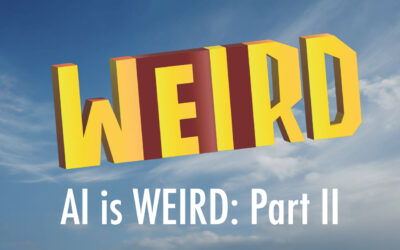Matt Koehler and I just arrived in New York, 3 hours late, checked into our hotel, paid 14.95 for internet – and guess what it was all worth it. One of the first emails I had received informed us that we had won the 2008 MSU-AT&T Instructional Technology Awards Competition for our course TE150: Reflections on Learning. The award responds “to the growing use of online technologies for instruction” and recognizes “and encourage best practices in the use of technology to enhance teaching and learning.”
The draft citation for TE150 says the following:
Moodle, Facebook and a rich range of media formats combine in this grand design experiment to embody and teach learning principles, informed by design critiques and rigorous research.
None of this would have been possible without the excellent group of designers, teachers and technology support people we have had working with us over the past two years. Matt and I would like to formally thank the following people:
The original design team: Anne Heintz, Michael Lee, Tianyi Zhang & Jinjie Zheng.
The Teaching assistants: Anne Heintz, Mike DeSchryver & Andrea Francis
The technology support/programming: Ken Dirkin, Ashish Dore & Laurence Bates
And finally Gail Nutter & Carole Ames for their support at all levels.
Note: I had blogged about our submission here though the posting is password protected since it contains student letters, student feedback etc., so it isn’t of much use.




Congrats, Punya! The award is well-deserved!